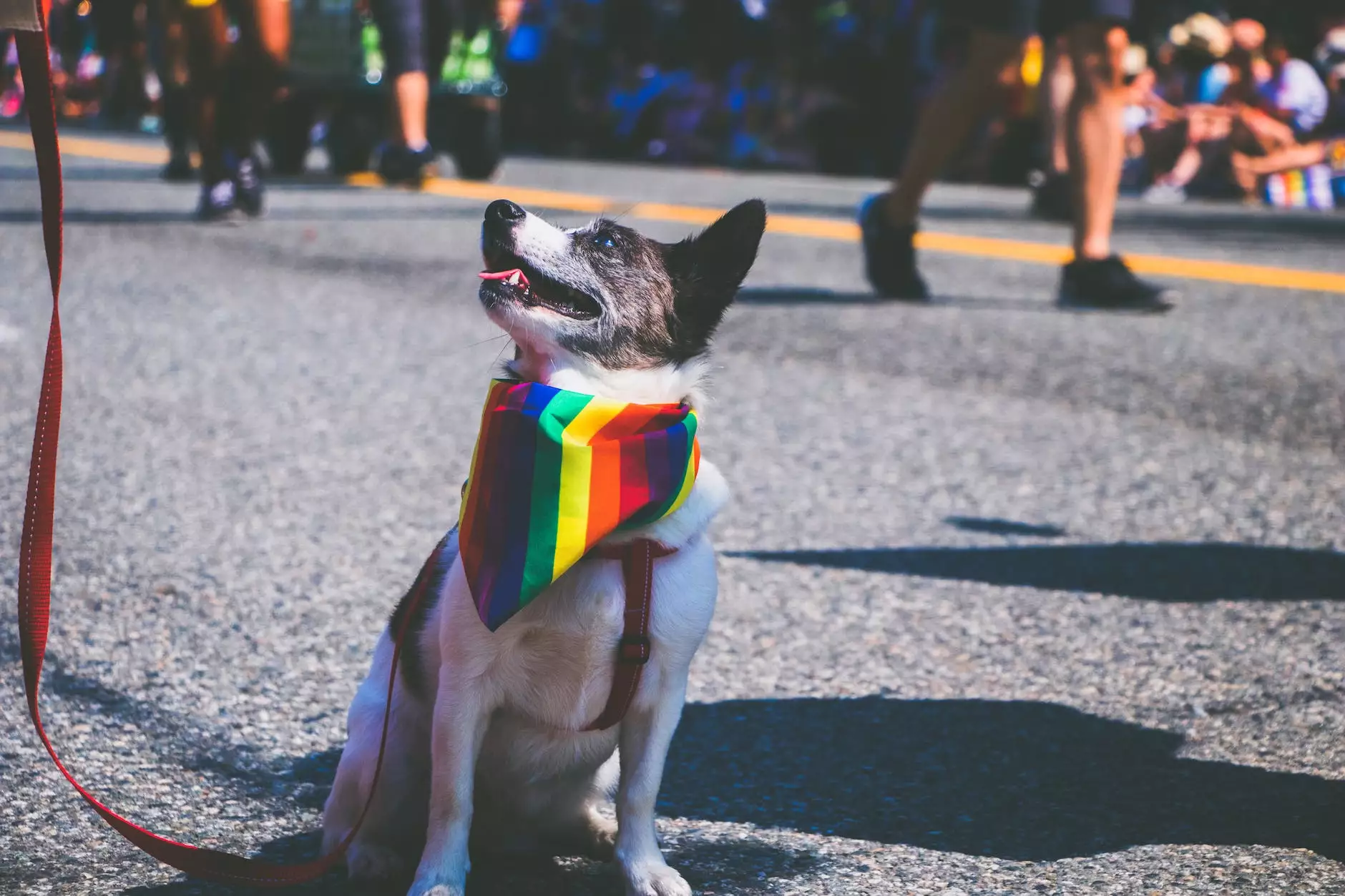Cold Weather Dog Safety Tips from Ears to Paws
Dog Care
Introduction
Welcome to Wisconsin Adventures, your ultimate guide to outdoor exploration and travel. As passionate dog lovers, we understand the importance of keeping our furry friends safe and comfortable, especially during cold weather conditions. In this article, we will provide you with comprehensive cold weather dog safety tips that cover everything from protecting their sensitive ears to ensuring their paws stay warm and healthy.
Why Cold Weather Safety for Dogs is Crucial
As the temperature drops, it's crucial to keep our canine companions safe and protected. Just like humans, dogs are susceptible to cold-related risks such as frostbite and hypothermia. Proper precautions are necessary to ensure their overall well-being during winter adventures.
Protecting Sensitive Ears
Dogs rely on their ears for various purposes, including communication, balance, and perception of danger. During cold weather, it's essential to protect their sensitive ears from extreme temperatures and wind chills. Here are some tips to keep their ears warm:
1. Keep Furry Ears Covered
Invest in a high-quality dog ear cover or earmuffs that provide insulation and shield their ears from cold winds. Make sure the earmuffs fit properly and comfortably, allowing your dog to hear without any discomfort.
2. Consider a Pet-Friendly Hat
If your dog is comfortable wearing accessories, a pet-friendly hat can provide additional warmth and protection for their ears. Opt for hats made from soft materials that cover the ears while ensuring proper breathability.
Ensuring Warm and Healthy Paws
Dogs' paw pads are sensitive and can be vulnerable to cold weather conditions. Taking measures to keep their paws warm and healthy is crucial for their overall comfort. Here are some tips to protect their paws during winter:
1. Invest in Dog Boots
Dog boots are a great investment to protect your dog's paws from cold surfaces like ice, snow, and salt. They provide insulation, prevent ice balls from forming between the paw pads, and offer excellent traction. Choose boots that are specifically designed for cold weather and ensure a good fit for maximum comfort.
2. Paw Inspections
Regularly inspect your dog's paws for any signs of cold-related issues such as frostbite or cracks. After each winter adventure, gently clean their paws with lukewarm water to remove any ice or de-icing chemicals. Dry their paws thoroughly to prevent moisture buildup and apply a dog-friendly paw balm to keep their pads moisturized.
3. Trim Paw Hair
Long hair between your dog's paw pads can accumulate ice balls, leading to discomfort and potential injury. Regularly trim the hair between their toes and pads to minimize this risk and provide better traction during walks.
General Cold Weather Safety Tips for Dogs
Besides protecting their ears and paws, here are some additional tips to ensure your dog's safety during cold weather:
1. Dress Appropriately
Depending on your dog's breed and size, consider using a properly-fitting winter coat or sweater to provide additional warmth. This is especially important for short-haired or smaller breeds that are more susceptible to cold temperatures.
2. Limit Outdoor Time
While it's essential to allow your dog daily exercise and mental stimulation, limit their time outdoors during extreme cold weather. Shorten the duration of walks and consider indoor playtime alternatives to prevent extended exposure to the cold.
3. Provide Adequate Shelter
If your dog spends time in an outdoor kennel or dog house, ensure it is well-insulated, draft-free, and equipped with warm bedding. Consider adding heated mats or blankets for added warmth and comfort.
4. Stay Hydrated
Ensure your dog has access to fresh water at all times, as staying hydrated is crucial for their well-being. If you're out on a winter adventure, consider using an insulated water bottle to prevent freezing.
5. Watch for Signs of Cold-Related Issues
Monitor your dog for any signs of discomfort, pain, or unusual behavior during cold weather. If you notice shivering, weakness, pale gums, or any other concerning symptoms, seek veterinary assistance immediately.
Conclusion
By following these comprehensive cold weather dog safety tips from ears to paws, you can ensure that your furry friend stays safe, warm, and comfortable during winter adventures. At Wisconsin Adventures, we prioritize the well-being of dogs and provide expert advice for pet owners. Remember, a little preparation can go a long way in ensuring a joyful and worry-free winter with your beloved furry companion.




